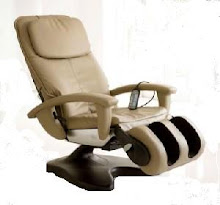It is simply a way of defining a type of mattress where the expectation is that the design and construction are aimed very much at healthy support, particularly for the back and joints.
From this it becomes obvious that there is no such thing as a single type of orthopaedic mattress, but rather lots of different products, all of which offer some kind of support benefit beyond that of a cheap budget bed.
What kind of mattress falls into the orthopaedic category
In medical terms, up to a couple of decades ago, any doctor referring to an orthopaedic bed or mattress would have been talking about a very firm sleeping surface. This kind of mattress was thought to be superior to the cushiony and soft alternatives.
Today things have moved on, both in terms of what the medical profession proposes and in terms of the available options.
The fist big change is that the firm mattress is generally thought to be a thing of the past. Most practitioners now believe that a good orthopaedic mattress should mould itself to the unique contours of each individual’s back rather than offer a direct resistance.
This is a big change and it has largely been brought about by the advent of some new mattress materials that allow this body contouring ideal to take place.
Body contouring mattresses
Although conventional mattress bodies comprise springs (often called coils), these mattresses have a limited ability to adapt to the shapes and weights that rest on them. Their structural reaction is to resist any weight with an upward force that, whilst offering some moulding, is comparatively limited.
New mattress materials like the visco elastic memory foam and the similar Latex foam are very different. These materials are able to shape and mould themselves to any body shape that rests upon them and they are deemed to offer a superior level of support.
Why this kind of support is good
The reason that so many doctors and health experts like these products is because their contouring characteristics enable them to allow the spine to adopt a natural profile while asleep.
Firm beds have a tendency to straighten the back which is not desirable. The spine has what many describe as a “double S shape” and the best kinds of sleep and rest retain the back in this profile.
It is for this reason that memory foam mattresses are seen as being so supportive and why it is though that sleeping on this kind of surface can help those with back problems and prevent those who do not have them from seeing them develop.

No comments:
Post a Comment